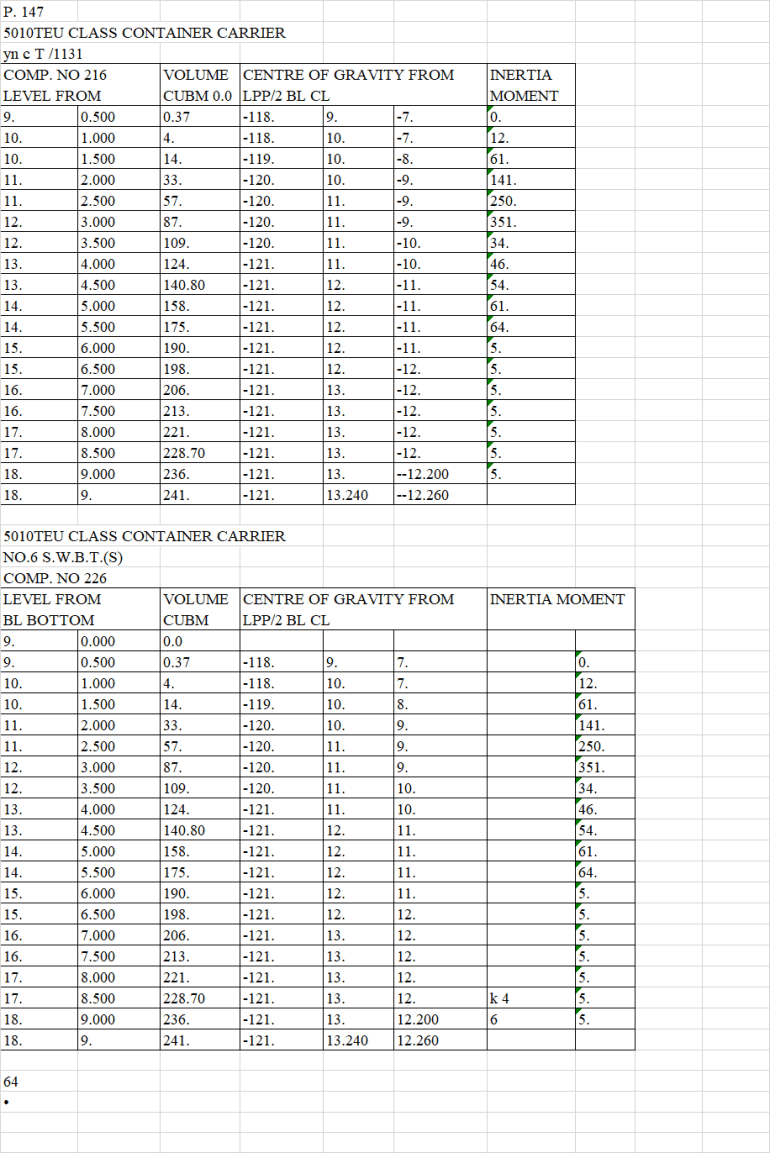Duplicate Health Paperwork Guide for Tankerman: Simplify the Process

Managing paperwork can be one of the most daunting tasks for a Tankerman, especially when it involves duplication or handling critical health-related documents. Navigating through the complexities of ensuring that all your health paperwork is in order can save you from unnecessary fines, delays, and even loss of work. In this comprehensive guide, we'll delve into the methods and strategies to simplify the process of duplicating health paperwork for Tankermen, ensuring efficiency, compliance, and peace of mind.
Understanding the Need for Duplicate Health Paperwork

Before we dive into the processes, it's crucial to understand why duplicate health paperwork is essential:
- Regulatory Compliance: Maritime and health regulations often require multiple copies of documents like medical certificates, vaccination records, and health declarations to be kept on board, submitted to authorities, or retained for personal records.
- Redundancy: Having duplicate paperwork ensures there are backups in case of loss, damage, or the need for different departments to review the documents simultaneously.
- Safety and Continuity: Ensuring you have duplicate records can prevent operational halts due to missing documents, which can be critical for continuous employment and safety operations.
Steps to Streamline Health Paperwork Duplication

1. Digitize Where Possible

One of the most effective ways to manage paperwork is to convert physical documents into digital formats:
- Use Scanners or Mobile Scanning Apps: Invest in a good document scanner or use mobile scanning apps like CamScanner or Adobe Scan. Scan your health certificates, medical records, and other pertinent documents.
- Create a Digital Archive: Store these scans on a secure cloud service like Google Drive, Dropbox, or Microsoft OneDrive. Ensure that you use strong encryption and password protection for sensitive documents.
- Regular Backups: Schedule automatic backups to ensure no data loss.
2. Organize Physical Copies

Despite the shift towards digital records, physical copies still play a significant role:
- Label and File: Organize physical documents using a clear labeling system. Use color-coded folders or binders for different document categories like “Medical Tests,” “Vaccination Records,” etc.
- Use a Photocopy Machine: When making duplicates, utilize a photocopy machine or print from your digital archive. Ensure high-quality prints to avoid any misinterpretation or legal issues.
- Secure Storage: Keep these copies in a secure, fireproof, and water-resistant container. This ensures that your health paperwork remains intact even in emergencies.
3. Implement Checklists

To prevent missing any vital health documents:
- Document Checklist: Create a master checklist of all required health paperwork, including expiration dates and renewal notices.
- Compliance Checklist: Develop a checklist for regulatory compliance, marking which documents are needed in duplicate, triplicate, etc.
📝 Note: Regularly review and update these checklists to reflect changes in maritime health regulations or personal health status.
4. Automation and Software

Employ software solutions designed for managing maritime documentation:
- Maritime Document Management Systems: Use specialized software that not only stores documents but also tracks their status, alerts for renewals, and facilitates electronic signatures.
- Automated Workflow: Set up workflows for paperwork submission, review, and approval, reducing manual handling.
5. Training and Routine Checks

Training and regular checks help maintain consistency:
- Team Training: Train your crew or colleagues on the importance of health paperwork and how to manage duplicates effectively.
- Periodic Audits: Conduct routine checks to ensure all documents are up-to-date, correctly filed, and properly backed up.
Key Considerations for Duplicate Health Paperwork

Accuracy in Duplication

When duplicating health documents:
- Verify Originals: Always compare copies against originals to ensure no information has been altered or missed.
- Use High-Quality Equipment: Poor quality copies can lead to confusion or be deemed unacceptable by authorities.
Legal and Privacy Concerns

Handling sensitive health information requires diligence:
- Confidentiality: Ensure that copies are not left unsecured or easily accessible to unauthorized personnel.
- Compliance with GDPR or Similar Regulations: If operating in EU waters or with EU crew members, ensure adherence to data protection laws.
Retention and Disposal

Knowing when to keep and when to dispose:
- Retention Policy: Understand and follow your company’s retention policy for health documents, which usually dictates how long duplicates need to be kept.
- Secure Disposal: Use shredders or secure disposal services for expired or unnecessary duplicates to protect privacy.
In summary, managing health paperwork as a Tankerman involves not just the creation of duplicate documents but also their secure handling, storage, and eventual disposal. By adopting digital tools, implementing organized systems, and ensuring regular compliance checks, you can streamline this often cumbersome task. Remember, the efficiency in managing your health documents not only aids in regulatory compliance but also ensures that your operations run smoothly without the fear of paperwork-related interruptions.
What health documents are most important for a Tankerman to have in duplicate?

+
Crucial documents include medical certificates, vaccinations records, physical fitness exams, drug tests, and any special medical authorizations needed for specific ship operations.
How often should I review and update my duplicate health paperwork?

+
It’s advisable to review your health paperwork every six months or when regulations change. Updates should be made immediately upon receiving new or updated health documents.
What should I do if I lose my original health documents?
+If originals are lost, your duplicates become crucial. Apply for replacements from issuing authorities or your medical service provider, providing the copies as proof.



